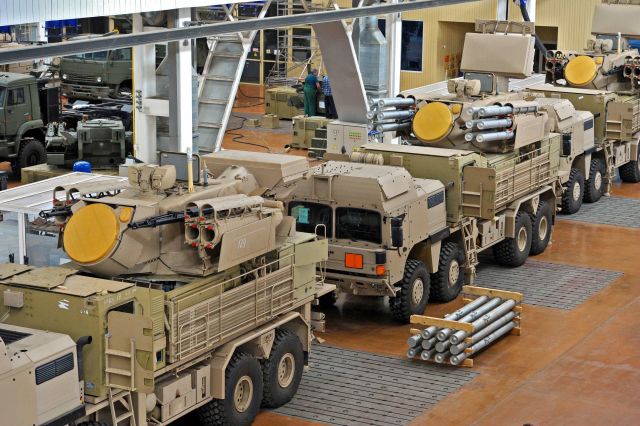Tula Instrument Design Bureau named after Academician A.G. Shipunov turns 95 on October 1. The history of KBP is several generations of outstanding gunsmiths and their legendary developments. Tokarev, Stechkin, Makarov – these names have long become household names. Arkady Shipunov and Vasily Gryazev, perhaps the most famous gun duo, also worked here. We recall the history of KBP, woven from the names of great designers and their unique inventions.1920-1930 .
In the 1920s, the young Soviet state needs its own modern weapons. In 1927, the country's first specialized organization for the development of light small arms and machine guns was created − the Design Bureau of Hand Weapons. And, of course, it arises at the oldest weapons factory in Tula. The new design bureau was headed by the tsar's general, the creator of the Russian version of the Maxim machine gun Pavel Tretyakov.
In 1935, the Design Bureau detached itself from the plant and became known as the Central Design Bureau of Small Arms, then – TSKB-14. Work was carried out here on the creation of light small arms and machine guns, samples of domestic automatic weapons. In the mid-1930s, a new direction was added to the work of the Design Bureau – automatic aviation weapons. Before the beginning of the Great Patriotic War, a large number of automatic weapons were developed in the Design Bureau: several types of rifles, a quadruple anti-aircraft installation based on the Maxim machine gun, SHKAS, ShVAK and UB aviation machine guns, a VYA aviation gun and, of course, a TT pistol.
TT pistol (Tula, Tokarev)
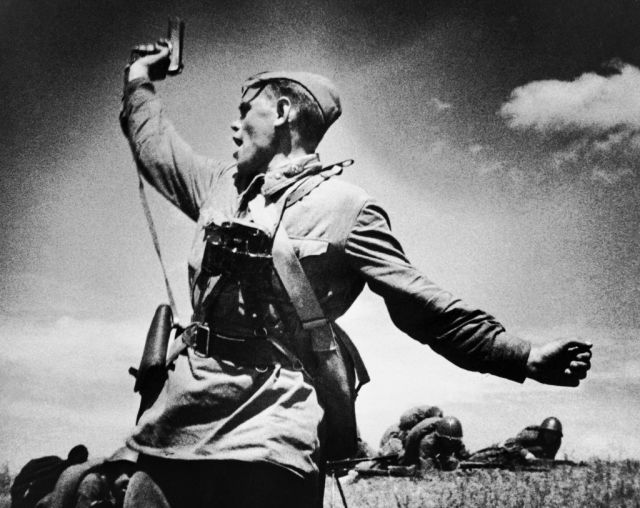
The production of the pistol developed by the legendary gunsmith Fyodor Tokarev began at the Tula Arms Factory in February 1931. TT received his baptism of fire in 1938-1939 at Khalkhin Gol and at Lake Hassan. The pistol became the first self-loading personal weapon of Soviet officers. During the Great Patriotic War, TT was distributed in all branches of the Red Army. The production of the pistol did not stop in Tula, even when enemy troops were standing near the city itself. A total of 1.7 million TT pistols were produced before 1953.
The Great Patriotic War
In the autumn of 1941, a decision was made to evacuate the TSKB-14. Most of the employees went to the Urals, but many left for enterprises all over the country, where the production of weapons created in the bureau was already established or planned. Work continued on improving the released samples based on the results of use in battles. It was only in the autumn of 1943 that the TSKB-14 team returned to their hometown.
During the Great Patriotic War, SHVAK, SHKAS, UB aviation machine guns, as well as VYA and B-20 aviation guns, enjoyed great success. The VYA cannon was installed, among other things, on the legendary "flying tanks" Il-2 as the main weapon. Almost all Soviet aircraft were equipped with Tula small-gun weapons during the war. In 1944, TSKB-14 was awarded the highest award - the Order of Lenin – for outstanding achievements in the field of creating new and improving existing models of small arms and aviation cannon weapons.
VYA aviation cannon (Volkov, Yartsev)
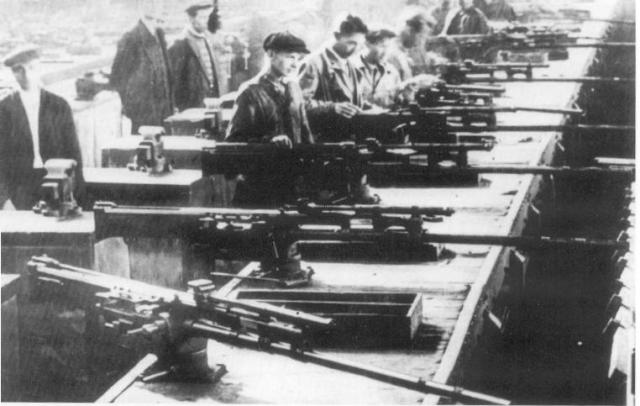
The assembly of the VYA-23 aircraft guns at the Tula Machine-Building Plant was entrusted to young engineers Alexander Volkov and Sergey Yartsev to develop a gun for a powerful 23 mm ammunition. The gun was created specifically for the IL-2 attack aircraft being developed at that time. The gun turned out to be massive, but it coped well with its task – the defeat of enemy manpower and equipment, including armored vehicles, significantly increasing the efficiency of Soviet aviation. The VYA cannon, following the Il-2, the most massive combat aircraft of that war, can be safely ranked among the record holders – its output amounted to almost 65 thousand units.
1940-1960
After the war, the TSKB-14 began work on a new generation of small arms and cannon armament. In the 1940s and 50s, the famous 9-mm PM pistol (Makarov pistol), 9-mm automatic APS pistol (Stechkin pistol), 23-mm AM-23 aviation cannon and other weapons were created here.
In the 1960s, cannon armament was declared obsolete, and the Tula Design Bureau began the missile era. The change of vector required a large-scale reorganization of the enterprise. The new direction was headed by Arkady Shipunov, who held the position of chief designer from 1962 to 2006 and whose name the Design Bureau bears today. The outstanding gunsmith Vasily Gryazev was responsible for the small-gun armament, which eventually managed to be "rehabilitated". In 1966, the company received its modern name – Instrument Engineering Design Bureau (KBP). Work begins on anti-tank missile systems, the first successful of which was the "Fagot", produced since 1970.
ATGM "Fagot"
The purpose of the complex is to defeat stationary and moving targets (armored vehicles, shelters, firepower) at a distance of 2-4 km. The control of the Fagot rocket was semi–automatic - the operator only had to point and hold the sight at the target, and then the automation itself directed the projectile. The complex was exported and is still in service with some countries.
1970-1980
In the 1970s, the KBP grew with new topics for development - these are lightly armored vehicles, guided artillery, and anti–aircraft systems for various purposes. The country's first guided artillery shells are being created here.
Arkady Shipunov forms the ideology of creating cannon-anti-aircraft missile systems, which at that time had no world analogues. The company is developing a whole family of MANPADS that effectively complement the usual air defense systems. The Tunguska anti-aircraft missile system developed in KBP in the 1960s is being replaced by the Tunguska anti-aircraft missile system, and the Kortik anti–aircraft missile and artillery complex (in the export version - Chestnut) is being created for shipboard use.
ZPRK "Tunguska"
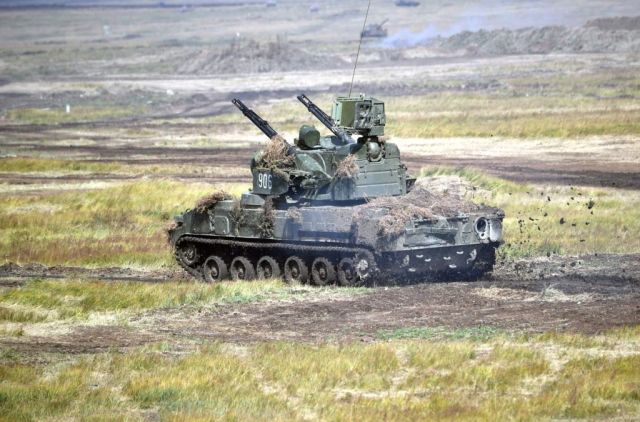
The complex was put into service in 1982. It consists of two 2A38 anti−aircraft machine guns of 30 mm caliber, developed by the Gryazev-Shipunov tandem and capable of performing 5,000 rounds per minute. They are complemented by eight guided anti-aircraft missiles. The purpose of the Tunguska is to cover ground troops and objects from air attack at low and medium altitudes. In addition, it is capable of hitting both ground and surface targets. The armament is mounted on a tracked chassis.
1990 – our time
In the context of declining defense orders, KBP relies on exports – since 1996 it has been granted the right to independently conduct military-technical cooperation. During these years, the Pantsir-S1 ZRPC, the Bakhcha–U amphibious assault vehicle, the BMP-2M Berezhok infantry fighting vehicle, the Krasnopol-M guided weapons complex, and the Kornet-EM high-precision long-range missile system were developed and adopted.
The priority direction of the enterprise today remains high-precision weapons. In 2009, KBP became part of the holding company "High-Precision Complexes" of Rostec State Corporation. Today, the Tula Shipunov Instrument Design Bureau, celebrating its 95th anniversary, is a leader in the development of high-precision short–range weapons for the military-industrial complex of our country.
[h2][/h2]
ZRPC "Pantsir-S1"
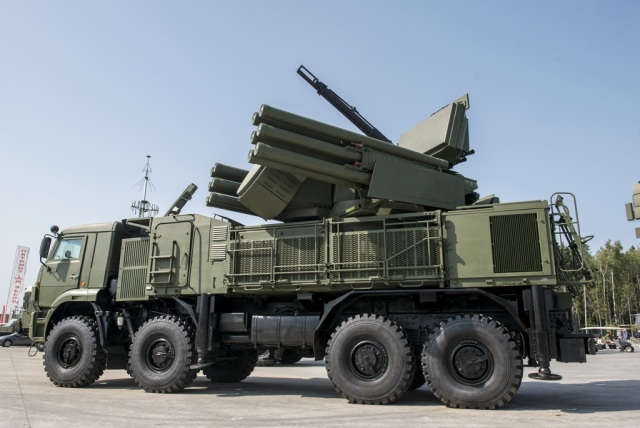
The Pantsir-S1 short-range anti-aircraft missile and cannon complex was developed in the 1990s based on the results of an analysis of combat conflicts and the latest trends in the development of high-precision weapons. Designed for short-range cover of civilian and military facilities from air attack. The Pantsir-S1 was adopted in Russia in 2012, and, according to experts, it will remain the leader in its class for the next 10-15 years. The modern modification of the complex detects targets at a distance of up to 80 km and can hit them at a distance of up to 30 km.
